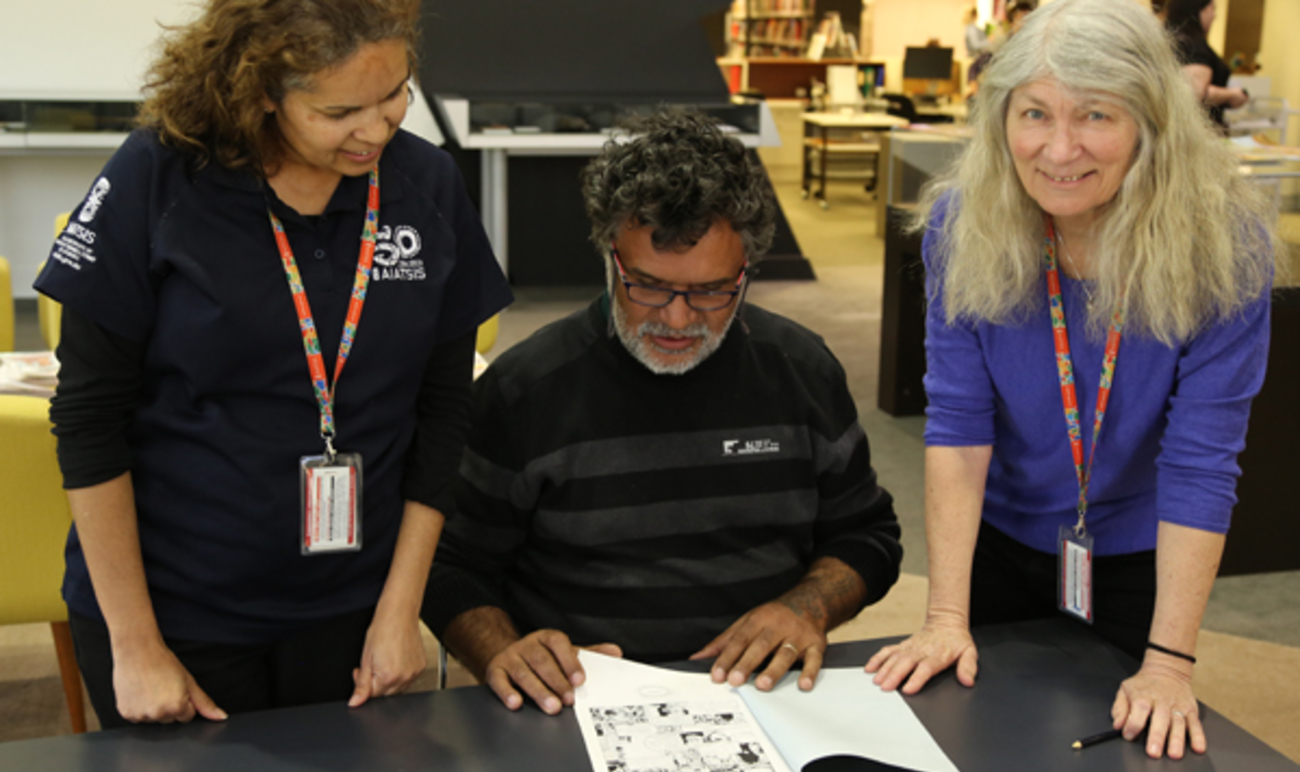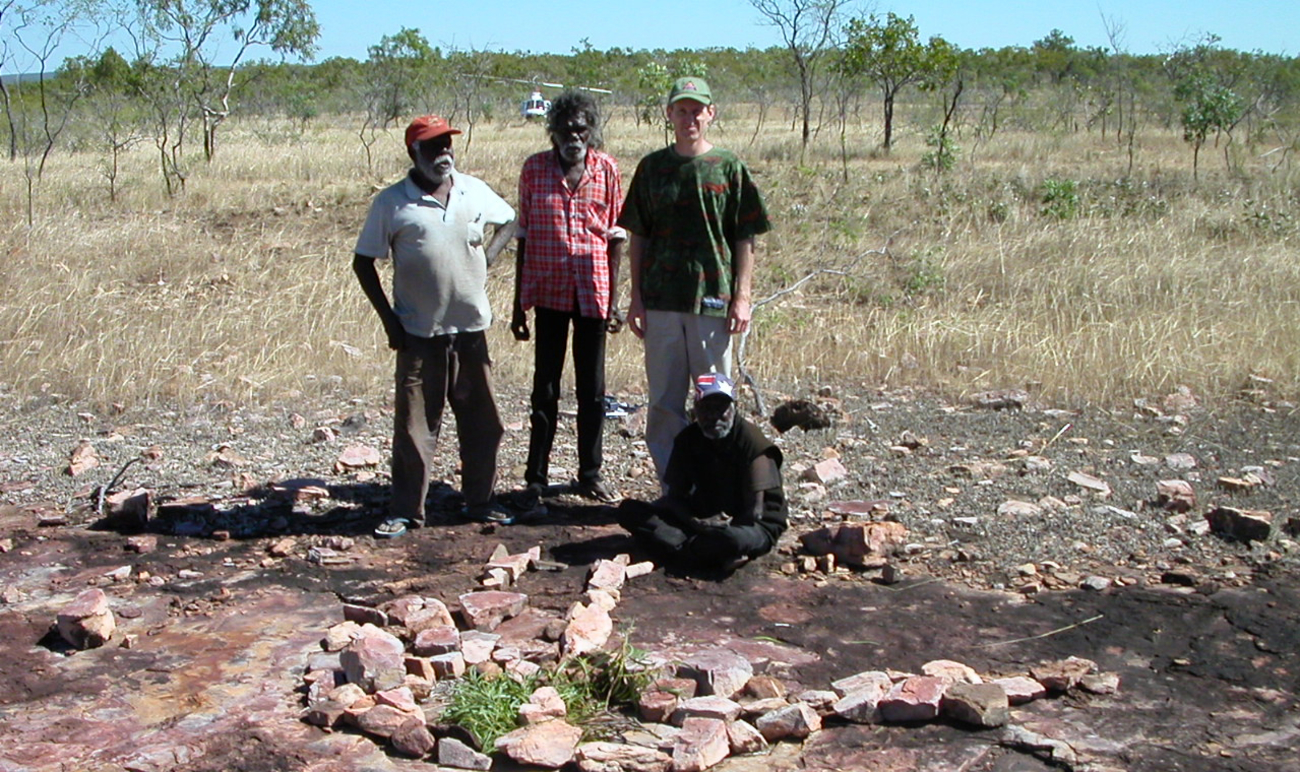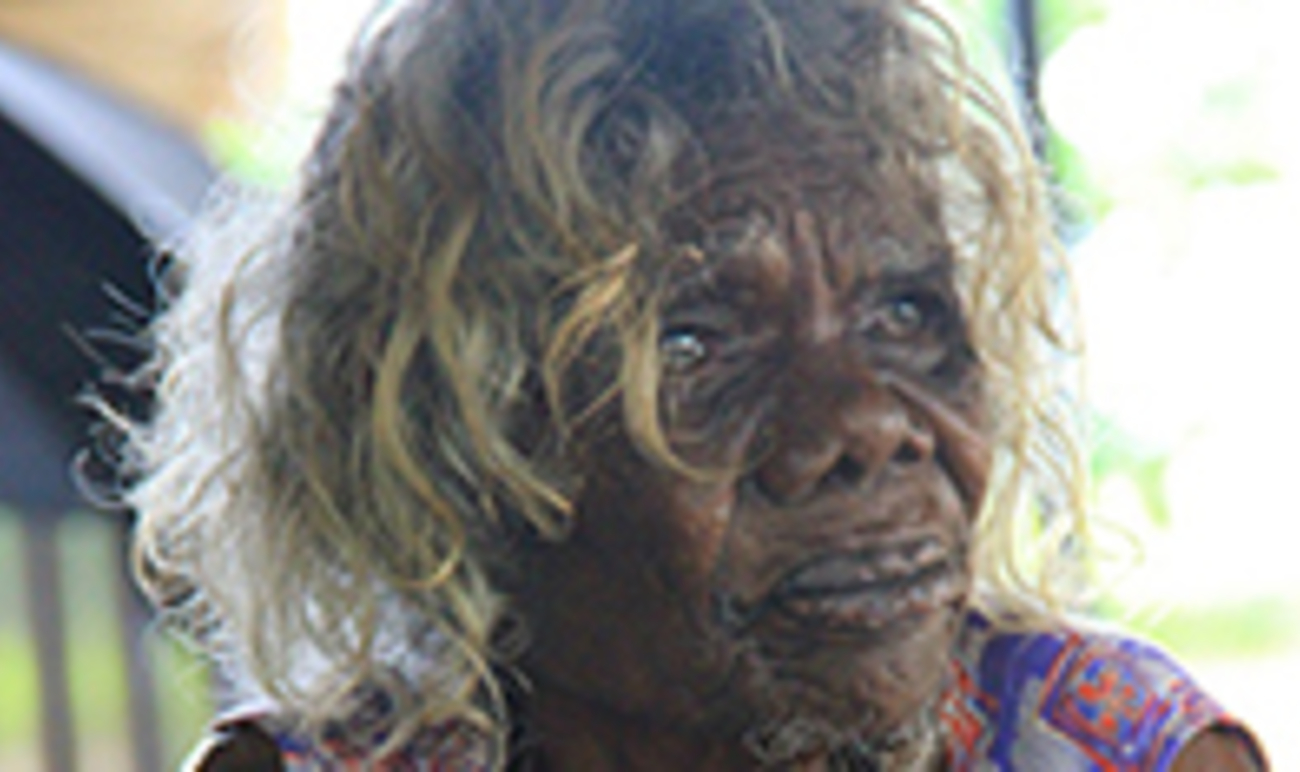The Ken Hale language cards in the AIATSIS Collection number over 3500 and help document various Indigenous languages from the remote regions of Australia.
Over time, the cards have become brittle and extremely fragile, making them difficult to handle and undertake digitisation to ensure their long term preservation. In order to ensure their longevity and to allow safer handling of these materials they have recently undergone in-house conservation treatment.
Ken Hale Language Work
Ken Hale’s language work (from 1959 onwards) was done at a time when many Australian languages were stronger and the numbers of speakers were higher.
Hale's language cards provide a connection to some of the many unnamed speakers and knowledge holders of these languages and contain substantial and valuable documentation of language and social groupings known as 'skin' today.
Many of the languages that Hale documented highlight the multilingual skills that many Aboriginal people have, a skill also acquired by Hale and noted by his colleagues.
Hale documented languages from the remote regions of Australia, including:
The language codes in square brackets are used in the AIATSIS online database, AUSTLANG.
Read more about the origin of the language codes.
Hale’s use of the International Phonetic Alphabet helps linguists accurately determine the sound system (phonemes) of the language in question.
Hale documented the many locations where he met with speakers; for example GH refers to Glen Helen, a station in the West MacDonnell Ranges in the Northern Territory, thus linking language, people and place.
Conservation process
The treatment of these items starts with a solubility test to detemine if it is safe to undertake conservation treatment on them in water. Fortunately all but a few cards were able to be treated this way. Those that were not were given a light dusting of paper cleaning powder as an alternate treatment.
After testing for solubility the cards are submerged in deionised water. This is a simple treatment but has many benefits. It reduces acidic discoloured components, reactivates fibre bonding, makes the paper more flexible, generally increases tear strength and can removed adhesive residues.
Although this treatment has benefits, it is also irreversible and as such needs to be carefully assessed before treatment begins. The cards are then treated with an alkalising solution in an additional bath to ensure a buffer against future acidic deterioration and help the long term stability of the paper.
After this the items are dried and pressed. Once dry the language cards are repaired using starch paste and Japanese tissue to repair any tears of vulnerable areas.
Once the conservation treatment process is complete, these items will be digitised and made available for communities, researchers and the public to access.
References
Forty Years on: Ken Hale and Australian Languages. Oceanic Linguistics Vol. 42, no.1 (June 2003), p.[252]-258








